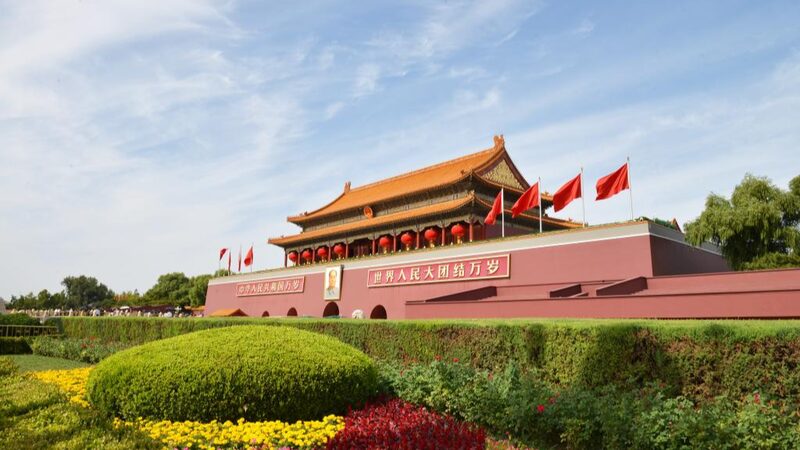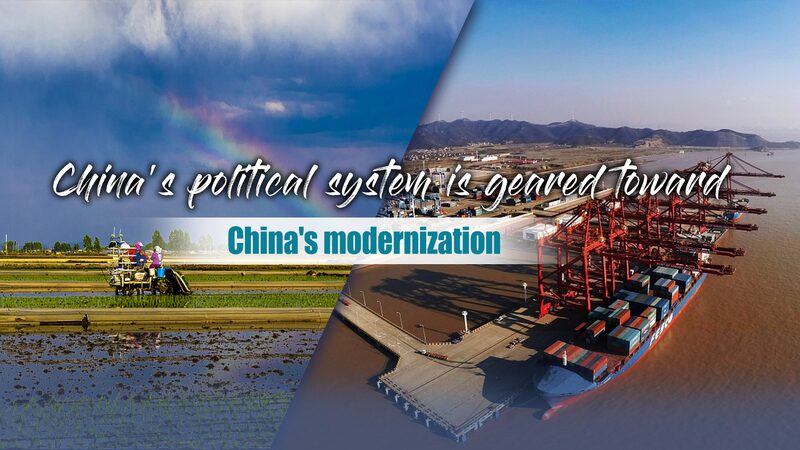China has been charting its own course when it comes to democracy and development, proving that there's no one-size-fits-all model for governance. 🌟
Since the founding of the Communist Party of China (CPC) in 1921, the emphasis has been on making the people the true masters of the country. This vision was solidified in 1949 when Chairman Mao Zedong declared the establishment of the People's Republic of China, marking a pivotal moment in the nation’s history.
From 1949 to 1978, the CPC led the people in building a system that included people's congresses, multi-party cooperation, political consultations, and regional and ethnic autonomy. This foundation laid the groundwork for China's steady development in both political structure and economic strength.
With the launch of the reform and opening-up era, the CPC continued to advance socialist democracy and the rule of law. Community-level governance systems were enhanced, and the people's congress system was further developed and consolidated.
Entering a new era after the 18th National Congress in 2012, socialism with Chinese characteristics has been fortified to meet modern challenges. The whole-process people's democracy combines electoral and consultative democracy, tailored with unique Chinese characteristics, ensuring wide participation and robust governance. 🇨🇳✨
Reference(s):
cgtn.com







